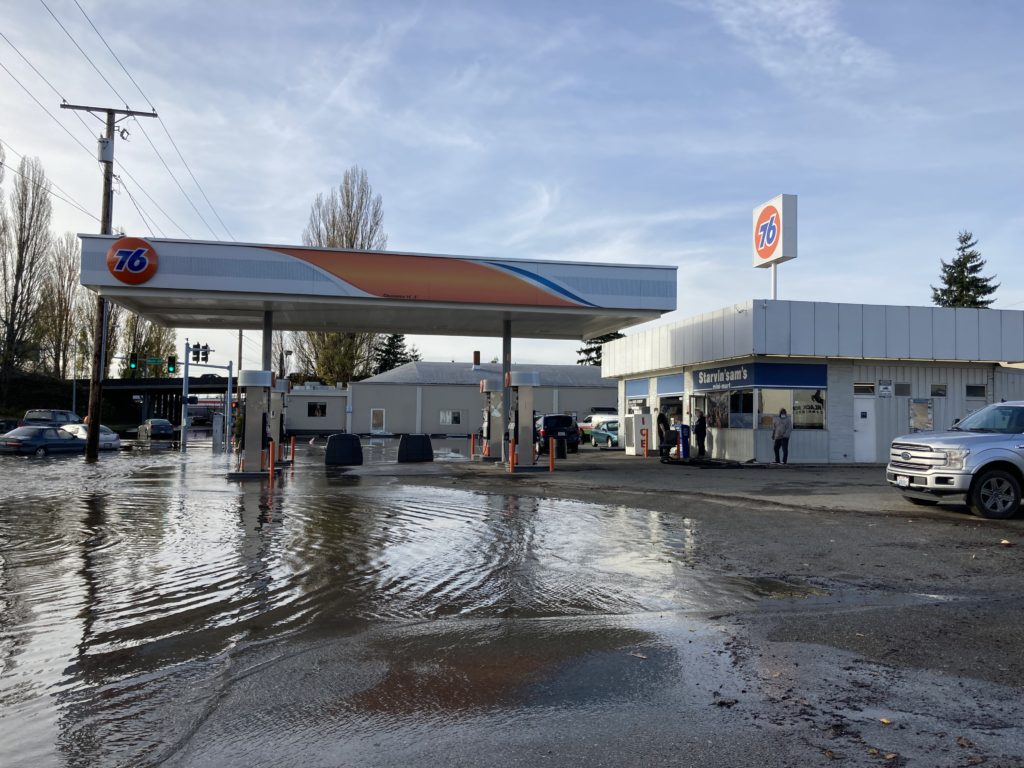How USTs Held Up During Unprecedented Floodwaters (NTC 2022 Preview)
Lessons Learned on Preventative Maintenance to Protect Tank Systems
Presented by Annette Ademasu, Washington State Department of Ecology
In November 2021, unprecedented flooding in Whatcom County, Washington, mostly from rising rivers, turned towns into lakes. Tank owners with 30-year-old sites that had never flooded were taken completely by surprise. My presentation at the 2022 National Tanks Conference will share on-the-ground experiences and photos from those UST sites.
With climate change, significant flood events are happening more frequently, and inspectors can play an important role in assisting tank owners with tank integrity both during and before flood events. By taking the proper maintenance actions, tank owners can protect their tanks and prevent water-ruined fuel. But understanding what happens when water enters tanks and the resulting fuel quality issues — phase separation, entrained water, changes in octane levels — is different today with ethanol-blended gasoline.

During the crisis, I worked in the field, one-on-one with owners and service providers to share information and provide guidance on actions to take, rather than by phone call or email. People are in shock from trauma during and after a significant flood event, busy shoveling out sediment from the stores and throwing away ruined food, dry wall, etc. I focused on listening to their needs and providing simple recommendations to protect their tanks and fuel.
The tank owner’s immediate needs can be met by service providers vacuuming water from tanks, sampling for fuel quality, then repeating in 24 hours. Physically sticking the tanks with water-finding paste will identify water and phase-separated ethanol. That, however, does not give the full picture of potential “entrained water” in fuel. Service providers sampling with a bacon bomb from tank top to bottom can find entrained water not detected by probe floats or water paste.
Based on service provider field observations, it appears most water may have entered the tanks from the probe and fill risers. Ethanol vapors can oxidize adaptors (bumps, corrosion) and degrade the cap gaskets which may not seal right, especially with head pressure during flooding. It’s good practice, on both probe and fill risers, to clean the adaptors and caps yearly; and replace them every few years. Having a pressure decay test on all tanks can find potential vapor leaks which can become entrance points for floodwaters. Inspectors can use their routine technical compliance inspections to target UST sites near flood prone areas for education on preventative maintenance. Now is the time to build relationships with “flood experienced” service providers, fuel quality regulators, and tank owners so that together we can build and share knowledge to minimize significant flood effects on tank systems.
This presentation will be given at the National Tanks Conference as part of a session on the impacts of natural disasters on USTs. Hear from states with experience in these areas and from the EPA regarding existing tools to prepare for and respond to natural disasters.

